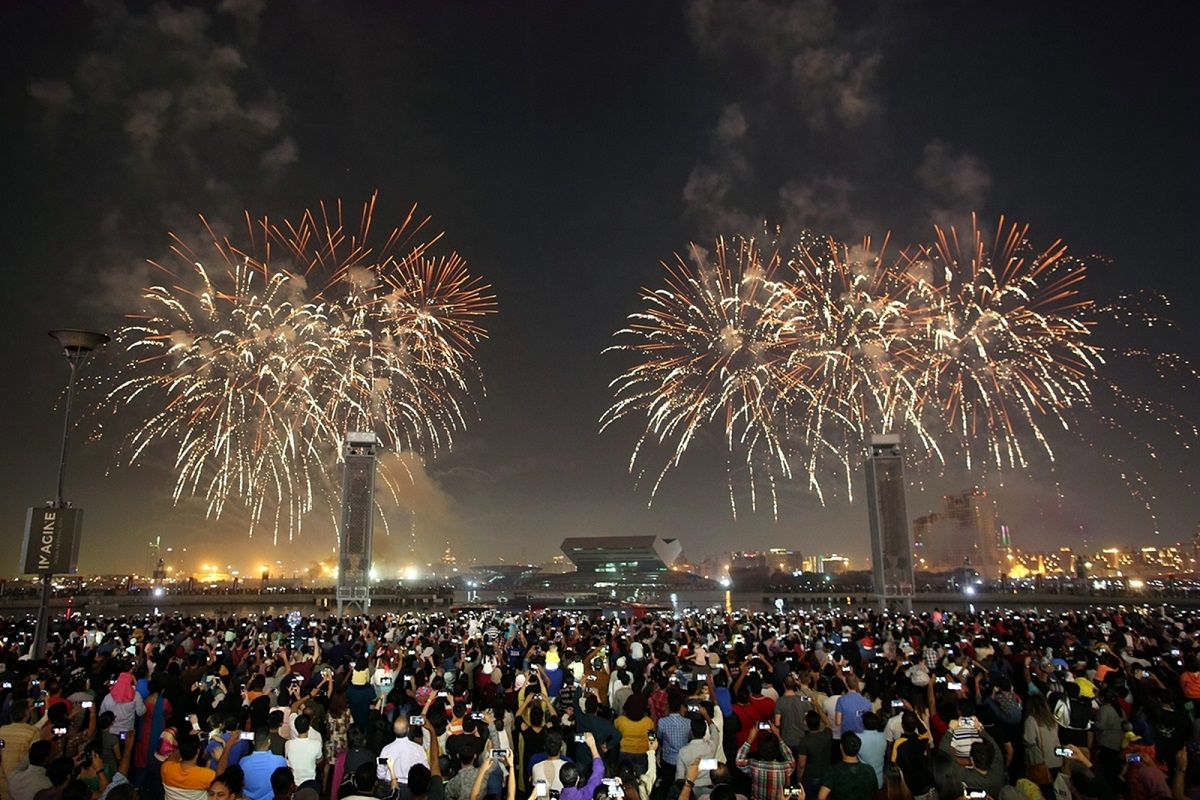A smog-free future: Tackling crop residue burning in Punjab and Haryana
Delhi’s winter air pollution crisis has been a perennial challenge, with the Air Quality Index (AQI) peaking at alarming levels year after year.
According to the air quality index (AQI) of the Central Pollution Control Board (CBCB), the town recorded an AQI of 130 at 11 pm last night. It later went up to 174 at 1 pm today, while the AQI of 171 was measured at 4 pm, and it was 170 at 7 pm. The reading remained the same at 170 at 8 pm and 9 pm.

(Photo: IANS)
Though high-decibel firecrackers were used, the air quality in Siliguri has remained in the ‘moderate’ category since last evening, when people marked Kali Puja and Diwali. Environmental watchdogs believe that a ban on crackers contributed to the same.
According to the air quality index (AQI) of the Central Pollution Control Board (CBCB), the town recorded an AQI of 130 at 11 pm last night. It later went up to 174 at 1 pm today, while the AQI of 171 was measured at 4 pm, and it was 170 at 7 pm. The reading remained the same at 170 at 8 pm and 9 pm.
Advertisement
In maximum cases, PM 2.5 was the most prominent pollutant. PM2.5 is a tiny particulate matter of diameter 2.5 or less than 2.5 microns.
Advertisement
An AQI between 0 and 50 is considered ‘good’, 51 and 100 ‘satisfactory’, 101 and 200 ‘moderate’, 201 and 300 ‘poor’, 301 and 400 ‘very poor’, and between 401 and 500 ‘severe’.
According to the CPCB, there is breathing discomfort among people with lungs, asthma and heart diseases when the quality is in the moderate category.
“Siliguri celebrated an unusually quiet Kali Puja and Diwali. We have observed that less crackers were used today than yesterday. The air quality level is satisfactory on the evening of Kali Puja and Diwali as compared to previous years on these occasions,” said the joint convener of Siliguri Fights Corona and coordinator of the Himalayan Nature and Adventure Foundation, Animesh Bose.
The organisations and the Siliguri Chapter of Covid Care Network (CCN) have launched a campaign to educate people about the harmful impact of crackers, especially in view of the Covid-19 situation.
Some green activists recalled that the AQI had hovered between ‘severe’ and ‘very poor’ on Kali Puja and Diwali last year, as the town recorded an AQI between 316 and 406.
Calcutta High Court had on 5 November banned the use and sale of firecrackers in West Bengal during Kali Puja, Diwali, Chhath Puja, Jagadhatri Puja and Kartik Puja to curb pollution amid the pandemic.
The CCN said consistent campaigns against the crackers had made the people aware.
“We would like to first convey our thanks to the citizens for making the High Court order successful. Good sense among the people has brightened up the twin festivals this year. This is the achievement of our relentless campaigns against the firecrackers. It will encourage us to sensitise people on other environmental issues apolitically,” said a coordinator of the network, Dr Kalyan Khan.
Advertisement